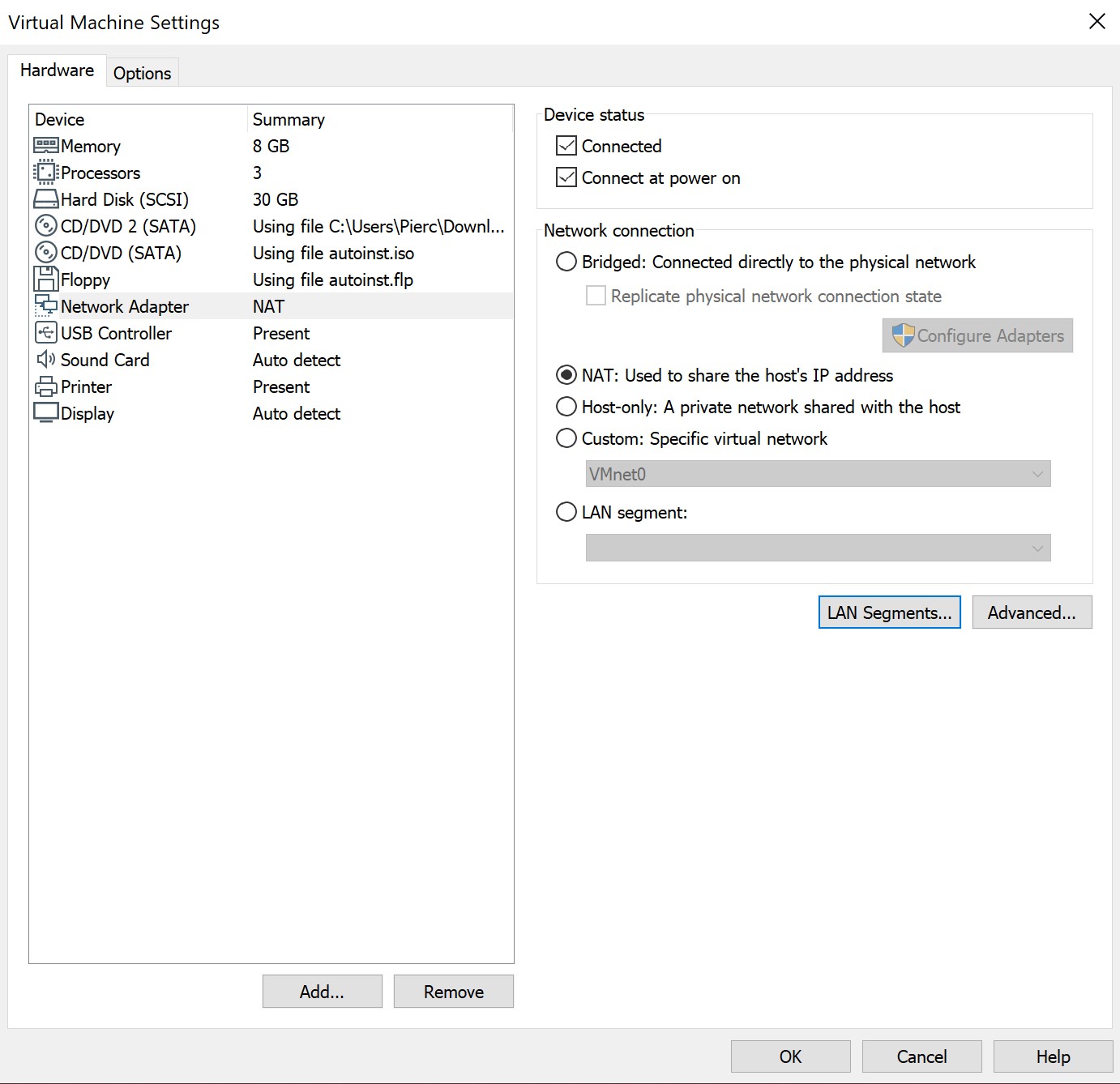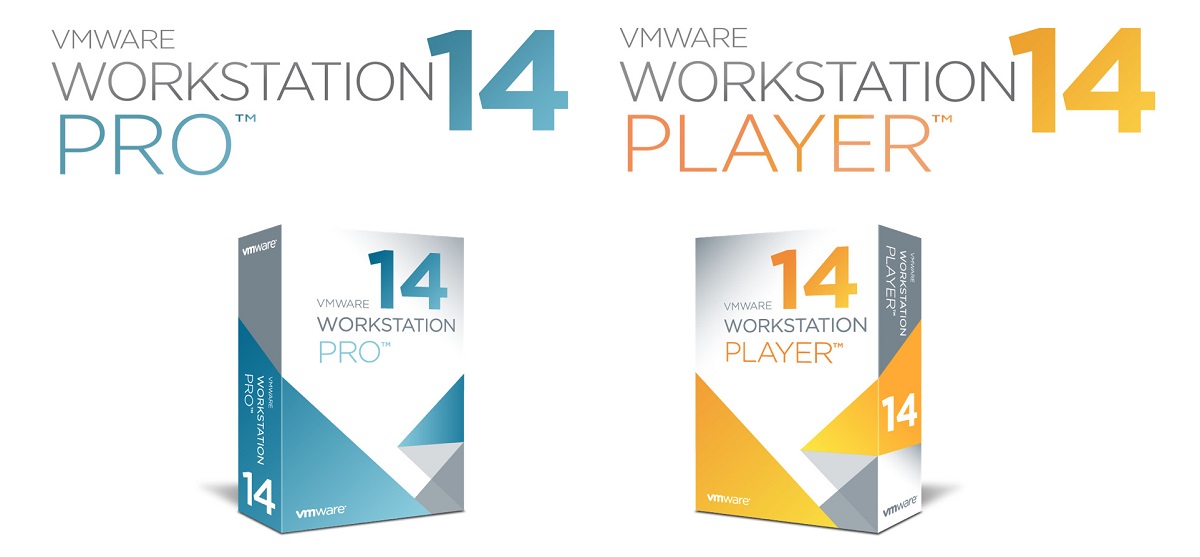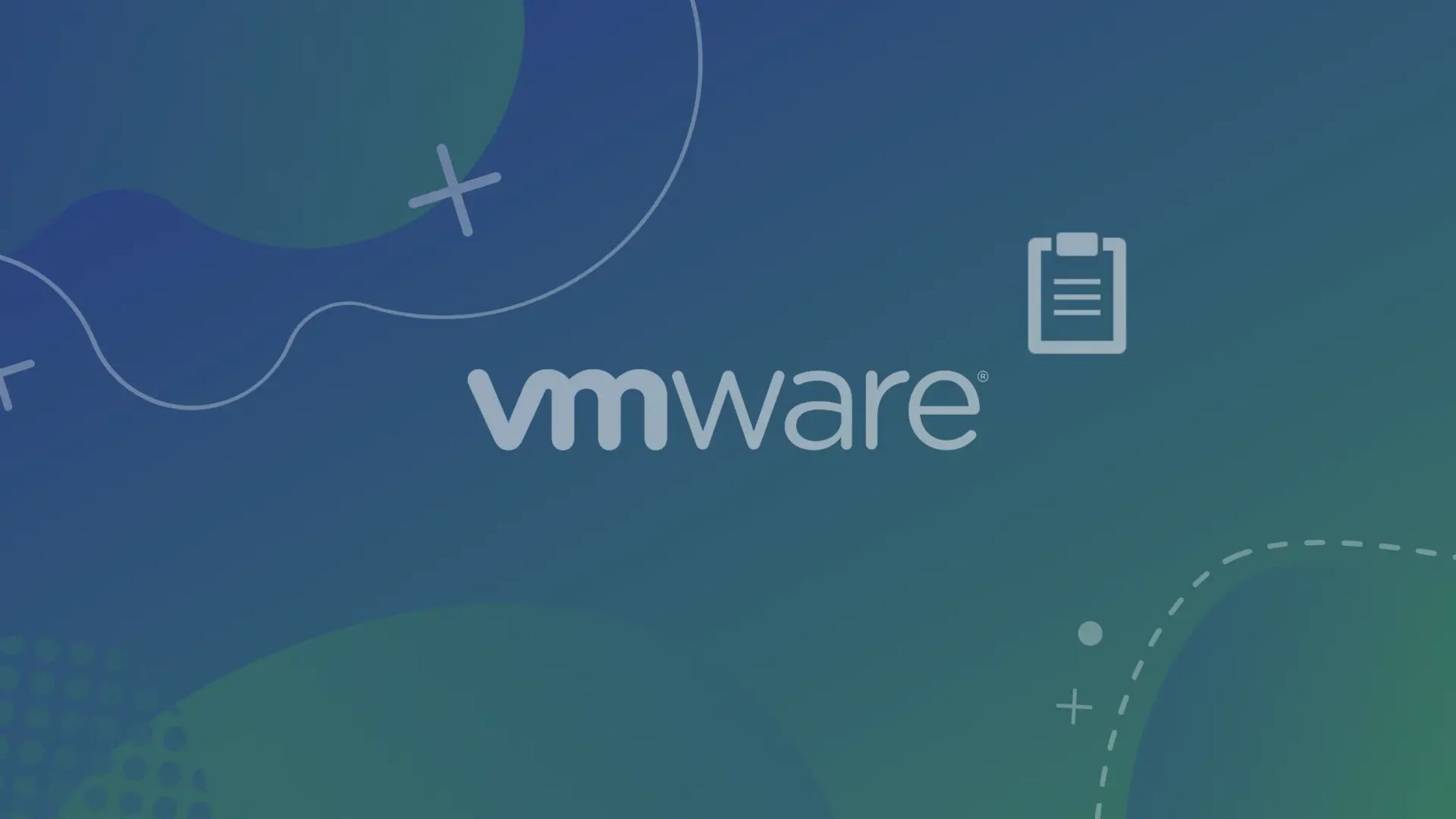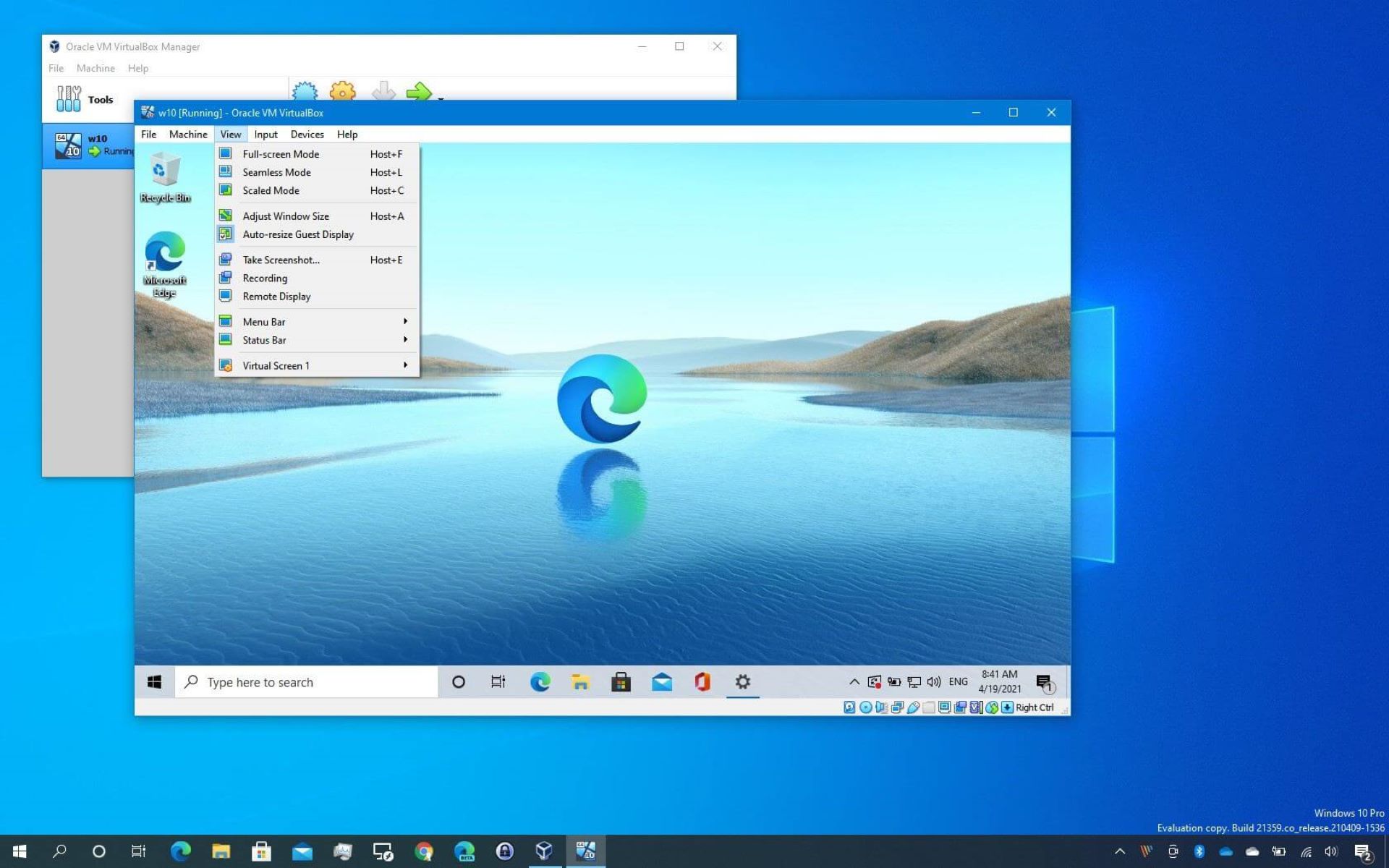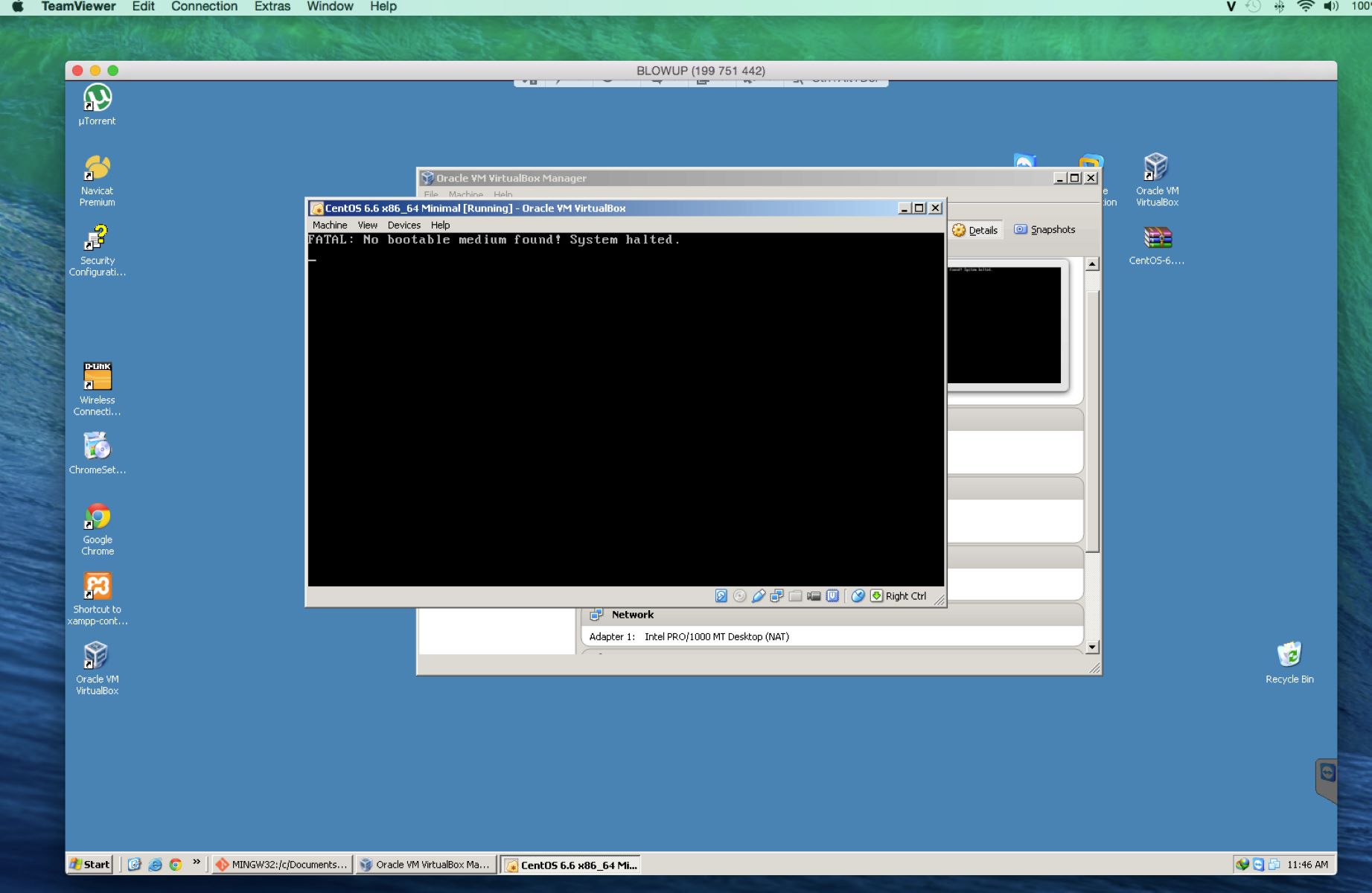Introduction
Virtualization technology has revolutionized the way we use computers and servers in today’s digital age. One of the key advancements in this field is the creation of virtual machines (VMs), which enable multiple operating systems to run simultaneously on a single physical machine. Whether you’re a tech enthusiast or a business professional, understanding how virtual machines work is crucial in order to fully utilize their potential.
A virtual machine is essentially a software emulation of a physical computer, providing users with the ability to operate multiple independent instances of an operating system on a single physical device. These instances, known as virtual machines, are isolated from one another and function as independent entities.
With the rise of cloud computing and the need for efficient resource utilization, the use of virtual machines has become increasingly popular. Virtual machines allow users to partition a single physical server into multiple virtual environments, effectively maximizing the use of hardware resources.
In this article, we will explore the concept of virtual machines, including their types, components, and how they work. We will also discuss the benefits and challenges of using virtual machines, as well as some common applications in various industries.
What is a Virtual Machine?
A virtual machine (VM) is a software-based emulation of a physical computer system. It allows multiple operating systems (OS) to run simultaneously on a single physical machine, called the host machine. Each virtual machine operates as an isolated and independent entity, with its own virtualized hardware resources, such as CPU, memory, storage, and network interfaces.
Virtual machines are created using virtualization software, known as a hypervisor. The hypervisor sits between the host hardware and the virtual machines, managing and allocating the physical resources to each VM. There are two main types of hypervisors: Type 1, also known as bare-metal hypervisors, and Type 2, also known as hosted hypervisors.
Type 1 hypervisors are installed directly on the host machine’s hardware, bypassing the need for an underlying operating system. They provide direct access to the hardware resources for faster and more efficient virtualization. Examples of Type 1 hypervisors include VMware ESXi and Microsoft Hyper-V.
Type 2 hypervisors, on the other hand, are installed on top of an existing operating system. They rely on the host operating system to manage hardware resources and provide virtualization capabilities. Type 2 hypervisors are commonly used in desktop environments and are more user-friendly for testing and development purposes. Popular examples of Type 2 hypervisors are Oracle VirtualBox and VMware Workstation.
Virtual machines consist of two main components: the virtual hardware and the guest operating system. The virtual hardware represents the emulated physical components, such as the CPU, memory, storage devices, and network interfaces. The guest operating system runs on the virtual hardware, providing the user with a fully functional OS environment.
Each virtual machine operates independently of other VMs and the host system, with its own set of resources and configurations. This isolation ensures that any changes or issues within one virtual machine do not affect the others, providing a secure and stable environment for running different applications and operating systems.
Overall, virtual machines offer a flexible and efficient way to utilize hardware resources, enabling users to run multiple operating systems and applications on a single physical machine. In the next section, we will delve deeper into the inner workings of virtual machines and how they function.
Types of Virtual Machines
Virtual machines come in various types, each catering to specific needs and use cases. Understanding the different types of virtual machines can help you choose the right one based on your requirements and objectives. Let’s explore some common types of virtual machines:
- Desktop Virtual Machines: Also known as client virtual machines, these VMs focus on providing virtualized desktop environments. They are designed to run multiple desktop operating systems, such as Windows, macOS, or Linux, on a single physical machine. Desktop virtual machines are widely used for testing software compatibility, running legacy applications, or providing remote access to desktop environments.
- Server Virtual Machines: Server virtual machines are the most common type of virtual machines used in enterprise environments. They enable the partitioning of a physical server into multiple independent virtual servers, each running its own operating system and applications. Server virtualization offers benefits such as efficient resource utilization, scalability, and ease of management. It is extensively used for consolidating servers, facilitating disaster recovery, and deploying cloud infrastructure.
- Application Virtual Machines: These virtual machines focus on isolating and running specific applications within their own virtual environment. They encapsulate the application and its dependencies, allowing for easier deployment and management. Application virtualization is commonly used for isolating incompatible or vulnerable applications, streamlining software distribution, and providing secure sandboxed environments for testing.
- Network Virtual Machines: Network virtual machines are used to create virtualized networking environments. They provide virtualized network interfaces, routers, firewalls, and other network components. Network virtualization allows for the creation of logically isolated networks within a physical network infrastructure, enabling increased flexibility, security, and scalability. Virtual networks are widely used in data centers, cloud computing, and software-defined networking (SDN) architectures.
- Storage Virtual Machines: Storage virtual machines focus on virtualizing storage resources, such as disk arrays or storage servers. They abstract the underlying physical storage infrastructure and present it as a virtualized storage pool. The virtualization layer provides features like data deduplication, snapshotting, and replication. Storage virtualization offers benefits in terms of improved storage utilization, simplified management, and increased data availability.
These are just a few examples of the types of virtual machines available in the market. There are also specialized virtual machines for specific purposes, such as gaming, development environments, or IoT devices. Choosing the right type of virtual machine depends on your specific needs, whether it’s running multiple operating systems, isolating applications, virtualizing networks, or virtualizing storage resources.
Now that we have explored the various types of virtual machines, let’s dive deeper into the components and functioning of a virtual machine in the next section.
Components of a Virtual Machine
A virtual machine consists of several key components that work together to create a virtualized environment. Understanding these components is essential for grasping how a virtual machine functions. Let’s take a closer look at the main components of a virtual machine:
- Hypervisor: The hypervisor, also known as the virtual machine monitor (VMM), is the core software responsible for creating and managing virtual machines. It sits between the host hardware and the virtual machines, controlling the allocation of physical resources, such as CPU, memory, and storage, to each virtual machine. The hypervisor ensures isolation and performance optimization among multiple virtual machines.
- Virtual Hardware: The virtual hardware represents the virtualized components that a virtual machine needs to operate. These components include a virtual CPU, virtual memory (RAM), virtual storage devices, virtual network interfaces, and virtual input/output controllers. The virtual hardware is emulated by the hypervisor and presented to the guest operating system within the virtual machine as if it were physical hardware.
- Guest Operating System: Each virtual machine runs its own guest operating system, which can be the same or different from the host operating system. The guest operating system is responsible for managing the virtual machine’s resources, running applications, and providing the user interface. It interacts with the virtual hardware presented by the hypervisor, unaware that it is running on virtualized resources.
- Virtual Disks: Virtual disks are file-based or disk partition-based representations of storage devices within a virtual machine. They store the virtual machine’s operating system, applications, and user data. Virtual disks can be dynamically allocated or pre-allocated, depending on the specific hypervisor and configuration. They can also support features like snapshots and cloning, making it easier to manage and protect virtual machine data.
- Virtual Network Interfaces: Virtual network interfaces allow virtual machines to communicate with each other and with external networks. The hypervisor creates virtual network interfaces that are connected to virtual switches, which route network traffic between virtual machines and physical networks. Virtual network interfaces can have their own IP addresses, network configurations, and security settings, providing isolation and connectivity similar to physical network interfaces.
These are the fundamental components that make up a virtual machine. The hypervisor, virtual hardware, guest operating system, virtual disks, and virtual network interfaces work together to provide a seamless virtualized environment for running applications and operating systems.
In the next section, we will explore how a virtual machine actually functions, covering the underlying processes and mechanisms that make it possible to run multiple independent operating systems on a single physical machine.
How Does a Virtual Machine Work?
Virtual machines rely on virtualization technology to create and operate multiple independent instances of an operating system on a single physical machine. To understand how a virtual machine works, it’s important to delve into the underlying processes and mechanisms involved. Here’s a breakdown of how a virtual machine functions:
- Hypervisor Initialization: When a computer is powered on, the hypervisor, also known as the virtual machine monitor (VMM), is initialized first. The hypervisor takes control of the underlying hardware resources and sets up the necessary environment for virtualization.
- Creation of Virtual Machines: The hypervisor then creates and manages multiple virtual machines within the physical hardware. Each virtual machine is allocated a portion of the host machine’s resources, such as CPU cores, memory, storage, and network interfaces. The virtual hardware components, including virtual CPUs, virtual memory, and virtual disks, are also created for each virtual machine.
- Interaction with the Guest Operating System: Once the virtual machines are set up, the hypervisor presents the virtual hardware to the guest operating systems running within each virtual machine. The guest operating systems interact with the virtual hardware as if it were physical hardware. This allows the guest operating systems to run applications and perform tasks just like on a physical machine.
- Resource Allocation and Scheduling: The hypervisor constantly monitors and manages the allocation of physical resources among the virtual machines. It ensures that each virtual machine receives its allotted share of CPU, memory, and other resources based on predefined settings and priorities. The hypervisor also employs scheduling algorithms to prevent resource conflicts and ensure fair distribution of resources.
- Memory Management: Memory management is a critical aspect of virtual machines. The hypervisor uses techniques such as memory paging and transparent page sharing to optimize memory usage. It can dynamically allocate and deallocate memory to virtual machines based on their requirements. Memory is also shared among virtual machines whenever possible to conserve resources.
- Storage and Network Access: Virtual machines interact with storage and network resources through the virtualized interfaces presented by the hypervisor. Virtual disks, which are file-based or partition-based representations of storage devices, allow virtual machines to read from and write to storage. Virtual network interfaces enable communication between virtual machines and external networks, providing connectivity and isolation.
- Isolation and Security: Virtual machines are designed to be isolated from one another and from the host system. They operate as separate virtual environments, ensuring that any changes or issues within one virtual machine do not affect others. This isolation provides enhanced security, as it prevents malware or vulnerabilities in one virtual machine from spreading to the others or to the host system.
Overall, virtual machines leverage the hypervisor and virtualization technologies to create a virtualized environment where multiple operating systems can coexist and function independently on a single physical machine. The hypervisor acts as the intermediary between the host hardware and the virtual machines, managing resource allocation, scheduling, and virtual hardware emulation.
In the next section, we will explore the benefits of using virtual machines and how they have become indispensable in various industries.
Benefits of Using Virtual Machines
Virtual machines offer a wide range of benefits that make them valuable and indispensable in various industries. From increased resource utilization to simplified management, here are some key advantages of using virtual machines:
- Efficient Resource Utilization: Virtual machines enable efficient utilization of hardware resources. By running multiple independent operating systems and applications on a single physical machine, virtualization eliminates the need for individual servers or computers for each workload. This leads to cost savings in terms of hardware acquisition, maintenance, and power consumption.
- Hardware Consolidation and Space Savings: Virtualization allows for hardware consolidation, enabling businesses to reduce the number of physical servers or computers required. This results in significant space savings in data centers or office environments. Consolidating physical hardware using virtual machines also simplifies infrastructure management and reduces the complexity of network configurations.
- Scalability and Flexibility: Virtual machines offer scalability that is not easily achievable with traditional physical servers. Virtual machines can be easily created, cloned, or migrated to other hardware or cloud platforms, allowing for quick scalability based on changing business needs. This flexibility enables businesses to easily adapt to increasing or decreasing workloads without significant downtime or disruption.
- Isolation and Security: Each virtual machine operates as an isolated entity, running its own operating system and applications. This isolation provides enhanced security, as it prevents malware or vulnerabilities in one virtual machine from affecting others or the host system. In addition, virtualization allows for the implementation of advanced security measures such as virtual firewalls, intrusion detection systems, and isolation of sensitive data.
- Easier Software Testing and Development: Virtual machines provide an ideal environment for software testing and development. Developers can create multiple virtual machines with different configurations, operating systems, and software versions for testing purposes. Virtual machines also support features like snapshots and cloning, allowing for easy rollback to a previous state or quick creation of development environments.
- Disaster Recovery and Business Continuity: Virtual machines facilitate faster and more reliable disaster recovery and business continuity strategies. By encapsulating the entire virtual machine environment into files, virtual machines can be easily backed up, replicated, and restored to different hardware or cloud environments. This enhances data resilience and minimizes downtime in the event of hardware failures or disasters.
- Reduced Energy Consumption: Virtual machines contribute to energy conservation and environmental sustainability. By consolidating multiple physical machines into a single server or cluster of servers, virtualization reduces the overall energy consumption required for computing resources. This leads to lower electricity costs and a smaller carbon footprint.
These are just a few of the many benefits that virtual machines offer. From cost savings and improved resource utilization to enhanced security and flexibility, virtual machines have revolutionized the IT landscape and become indispensable in both enterprise and personal computing environments.
In the next section, we will explore some common applications of virtual machines in different industries.
Common Applications of Virtual Machines
Virtual machines find widespread applications across various industries, offering flexibility, scalability, and cost-efficiency. Let’s explore some common use cases where virtual machines have become essential:
- Data Centers and Cloud Computing: Virtual machines form the backbone of modern data centers and cloud computing infrastructure. They enable the consolidation of physical servers, reduce hardware costs, and optimize resource utilization. Data center operators can create and manage hundreds or even thousands of virtual machines to deliver scalable and on-demand computing services to businesses and individuals.
- Software Development and Testing: Virtual machines are extensively used in software development and testing environments. Developers can create multiple virtual machines, each with different operating systems, software configurations, and development tools. This allows them to quickly test compatibility, debug code, and create isolated development environments without the need for physical hardware.
- Legacy Software and Application Hosting: Virtual machines are a popular solution for hosting legacy software and applications that may not be compatible with modern operating systems or hardware. By running the legacy applications within virtual machines, businesses can continue to use critical software without the need for outdated infrastructure.
- Education and Training: Virtual machines play a vital role in the field of education and training. They allow students and trainees to practice on virtualized environments, simulating real-world scenarios without the risk of damaging physical hardware. Virtual machines are widely used in computer science labs, cybersecurity training, networking courses, and other technical training programs.
- Virus and Malware Analysis: Virtual machines provide a safe and controlled environment for analyzing viruses, malware, and other security threats. Security researchers and analysts can deploy potentially harmful samples within isolated virtual machines to study their behavior and develop countermeasures. If a virtual machine becomes compromised, it can be easily discarded or restored to a clean state.
- Cloud Gaming: Virtual machines are powering the rise of cloud gaming platforms. By running game instances within virtual machines in data centers, users can access high-quality gaming experiences on a wide range of devices, including smartphones, tablets, and low-end computers. Virtual machines enable the processing and streaming of games from remote servers, reducing the reliance on local hardware.
- Virtual Desktop Infrastructure (VDI): Virtual machines are a key component of virtual desktop infrastructure (VDI) deployments. By centralizing desktop environments within virtual machines hosted on servers, organizations can provide users with remote access to their personalized desktops from any device. VDI enables flexible work arrangements, simplifies desktop management, and enhances data security.
- Software Sandboxing and Security Research: Virtual machines are widely used for software sandboxing and security research purposes. By running potentially dangerous or unknown software within isolated virtual machines, researchers can study its behavior, identify vulnerabilities, and develop security solutions. Virtual machines provide a controlled and safe environment, minimizing the impact of any malicious activities.
These are just a few examples of the diverse applications of virtual machines. The versatility and scalability provided by virtualization technology have made virtual machines indispensable in various fields, enabling businesses and individuals to achieve greater efficiency, flexibility, and security.
In the next section, we will explore some of the challenges and considerations associated with virtual machines.
Challenges of Virtual Machines
While virtual machines offer numerous advantages, they also come with their share of challenges that organizations and individuals need to address. Understanding these challenges is crucial for effectively implementing virtualization solutions. Here are some common challenges associated with virtual machines:
- Performance Overhead: Virtualization introduces a certain amount of performance overhead due to the additional layer of abstraction and resource sharing. Although modern hypervisors have become highly optimized, there can still be a slight decrease in performance compared to running applications directly on physical hardware, especially for resource-intensive workloads that require maximum processing power or low-latency communication.
- Resource Allocation and Management: Managing and allocating resources among virtual machines can be complex. It requires careful planning to ensure each virtual machine receives its fair share of resources without overcommitting or underutilizing. Balancing CPU, memory, storage, and network resources across multiple virtual machines while maintaining optimal performance can be challenging, particularly in dynamic or frequently changing environments.
- Security and Isolation: While virtual machines offer isolation, depending solely on virtualization for security is not sufficient. The hypervisor itself becomes a critical security component, and any vulnerabilities within it can potentially compromise all the virtual machines running on the host. Implementing proper security measures such as regular patching, network segmentation, and secure configurations is essential to mitigate risks.
- Backup and Disaster Recovery: Efficient backup and disaster recovery strategies can be more complex in virtualized environments. With multiple virtual machines running on a single physical machine, organizations must ensure proper backup of both virtual machine configurations and their associated data. Implementing regular backups, testing restoration procedures, and considering off-site replication options are critical for data protection and business continuity.
- Software Licensing: Virtual machine environments can pose challenges related to software licensing. Some software vendors have licensing models that do not fully support virtualized deployments or require additional licensing for running applications on virtual machines. Organizations must carefully review software licensing agreements and consider the implications of virtualization on their software assets to ensure compliance.
- Training and Familiarity: Implementing virtual machines often requires the expertise of administrators and staff who are familiar with virtualization technologies and hypervisor management. Providing appropriate training to IT teams and end-users on virtualization concepts, administration, and troubleshooting is crucial for successful adoption and effective utilization of virtual machines.
Addressing these challenges requires careful planning, expertise, and ongoing management. Organizations must evaluate their specific requirements, consider the impact on performance, security, and compliance, and implement best practices to optimize the deployment and management of virtual machines.
In the next section, we will wrap up our discussion on virtual machines by summarizing the key points discussed throughout the article.
Conclusion
Virtual machines have revolutionized the way we utilize computer resources, offering a range of benefits such as efficient resource utilization, scalability, and enhanced security. By leveraging virtualization technology, organizations and individuals can run multiple independent operating systems and applications on a single physical machine, resulting in cost savings, improved flexibility, and simplified management.
We have explored the concept of virtual machines, their types, components, and functioning. Virtual machines allow for hardware consolidation, space savings, and easier software testing and development. They find common applications in data centers, software development, legacy application hosting, education, security research, and more.
However, virtual machines also come with challenges that need to be carefully addressed. Performance overhead, resource allocation and management, security and isolation, backup and disaster recovery, software licensing, and the need for trained personnel are some of the challenges that organizations may face.
Overall, virtual machines have become indispensable in modern computing environments, enabling businesses to achieve greater efficiency, agility, and cost-effectiveness. By understanding the concepts and considerations surrounding virtual machines, organizations and individuals can harness their full potential and make informed decisions when implementing virtualization solutions.
Whether you’re a data center operator, a software developer, or a security analyst, virtual machines offer a powerful tool to optimize your computing environment. Embracing virtual machines and staying updated with advancements in virtualization technology will undoubtedly continue to shape the future of computing and enable innovative solutions.









